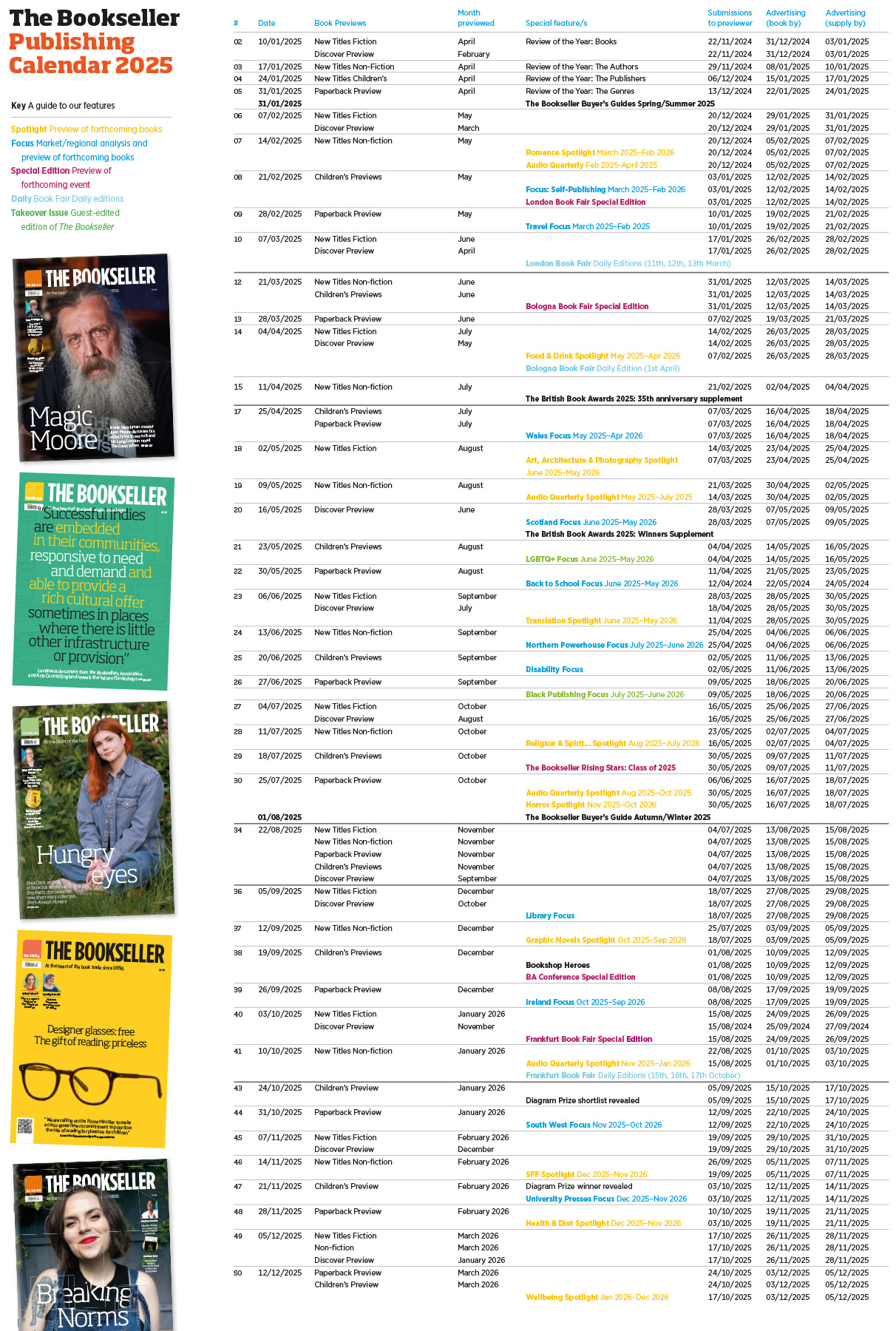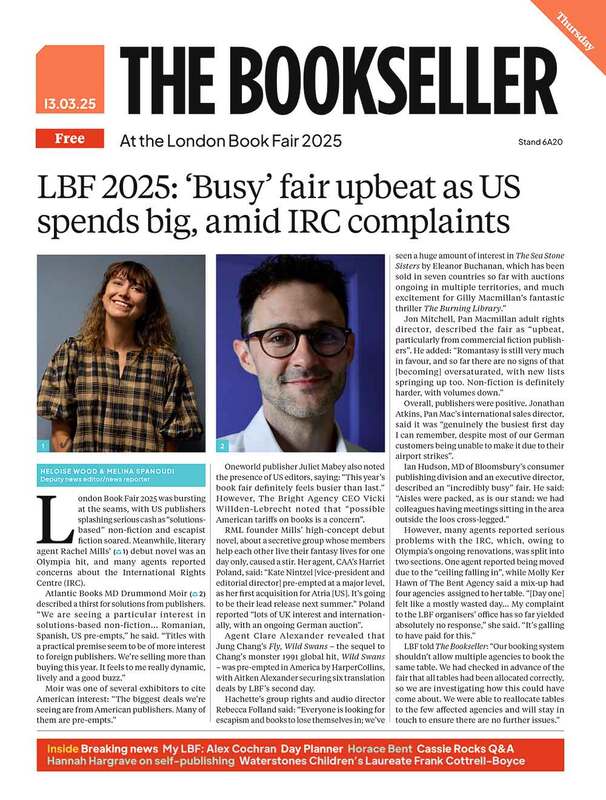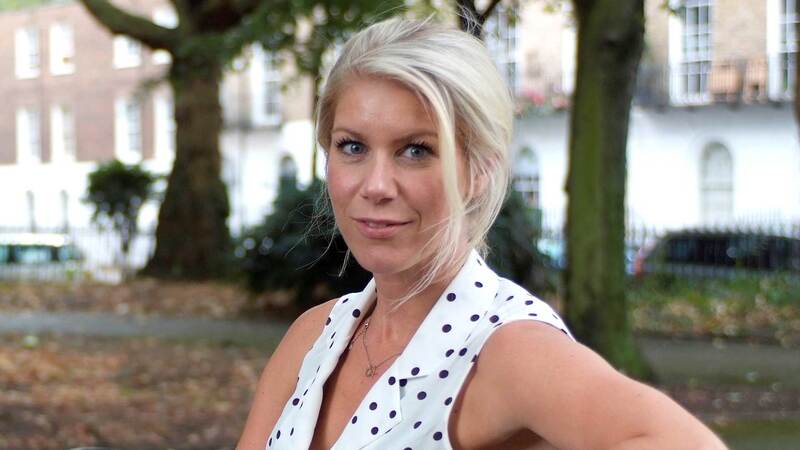You are viewing your 1 free article this month. Login to read more articles.
More than a third of children don’t feel represented in books they read, Wonderbly research suggests
More than one third of children don’t feel represented in the books they read, according to new research by Wonderbly.
The publisher of personalised books for children and adults asked 1,000 children aged six to 12 in the UK, and their parents, their thoughts on representation and 37% of respondents said a lack of representation on things such as race and gender “put them off reading altogether”.
The findings follow recent research by the Centre for Literacy in Primary Education (CLPE), which found that 20% of all children’s books published in the UK last year featured a minority ethnic character, with 9% including a main character of colour.
The number is improving, however. The annual CLPE survey, which is funded by Arts Council England, launched in 2017 to determine the extent and quality of ethnic minority characters featured within picture books, fiction and non-fiction aimed at three to 11-year-olds published in the UK. In 2021, 5,383 eligible titles were published and of these 1,059 (20%) featured characters of colour, a 5% year-on-year rise.
Eight in 10 of those surveyed by Wonderbly read regularly and identified that “characters always look the same and don’t represent different views”, while 38% thought lead roles in stories “always seemed to be boys”.
Only 17% of parents surveyed said they had seen minority races represented in the books their children read, with 41% believing their child would be more inclined to read if the main characters had more characteristics like their own.
Asi Sharabi, c.e.o. and founder of Wonderbly, said: “Children want nothing more than to feel a part of a story and the research has highlighted that while some are able to, for varying reasons, others are not.
“It’s vital in engaging a child for them to feel like they can relate to either the story or the characters involved. The research also found that parents are quite aware of this too when it comes to finding content they consume as they strive to find things like books that are more representative of their children.”
Other characteristics children hadn’t seen in their books according to the survey were physical disabilities, different locations children can live such as in the city or the country, and skin conditions.
Being short or tall, having divorced parents and mental health conditions were also rarely covered, respondents said. When asked which were least represented by main character traits, parents identified being transgender, being physically disabled and having alopecia. One third of parent respondents said their children had asked them to buy books with more characters that speak, look or act like them. Almost half of children (48%) said seeing characters like them in books would “enable them to feel like they can achieve anything”.
Sharabi added: “It’s so important for children to feel represented in the books they read. When children see themselves as the hero of a story, it helps them believe that they can do anything they can imagine; that any story they imagine could be their story. Books are also a way to educate your child on an infinite number of topics and themes that shape how they view the world.”






















